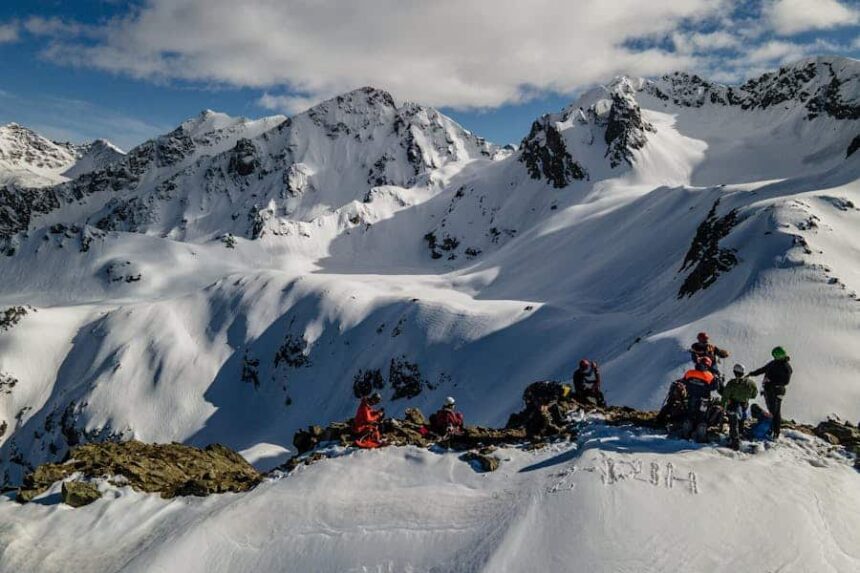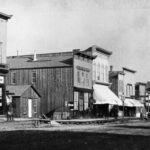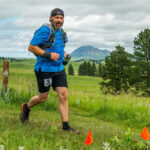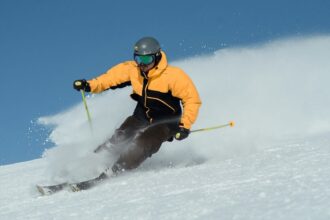On the morning of March 7, two Leadville residents on a spring break backcountry ski outing triggered an avalanche on Mt. Arkansas—locally known as the “Sleeping Indian”—but thanks to a multi-agency response, both men were brought to safety.
The Lake County Dispatch Center received the call around 9:30 a.m. after a 30-something skier was swept into a Northeast-facing chute at roughly 13,700 feet elevation and a 45° slope. His companion witnessed the slide and immediately alerted authorities. Although the buried skier managed to free his face and one arm, he remained immobilized under snow until rescuers arrived.
Teams from Lake County Search and Rescue, Summit County Mountain Rescue, the Colorado Rapid Avalanche Deployment (C-RAD) unit from Arapahoe Basin, and several other local and state agencies converged on the scene. C-RAD extricated the partially buried man and stabilized him on site before Flight for Life airlifted him to St. Anthony Hospital in Denver with serious injuries. His friend, treated for hypothermia but otherwise unhurt, stayed on the slope to guide rescuers before the pair were safely off the mountain by early afternoon.
Lake County Public Information Officer Betty Benson praised the coordinated effort, noting that the newly installed cell tower by the Climax Mine significantly improved on-scene communications. She also reminded backcountry adventurers that professional rescue teams possess the specialized training to read snow conditions and conduct safe extractions—and that calling for help can prevent further tragedy.
In addition to search-and-rescue personnel, the operation included Lake County and Summit County Sheriff’s Deputies, St. Vincent Ambulance, Climax Rescue, Leadville/Lake County Fire Rescue, Lake County Public Works, the Colorado Avalanche Information Center, the American Red Cross, Flight for Life, and Colorado Parks & Wildlife.
As spring storms continue to unsettle the Sawatch Range snowpack, the Colorado Avalanche Information Center warns skiers and snowboarders to steer clear of steep, wind-loaded slopes. For the latest conditions and safety tips, visit the CAIC website before heading into the backcountry.













